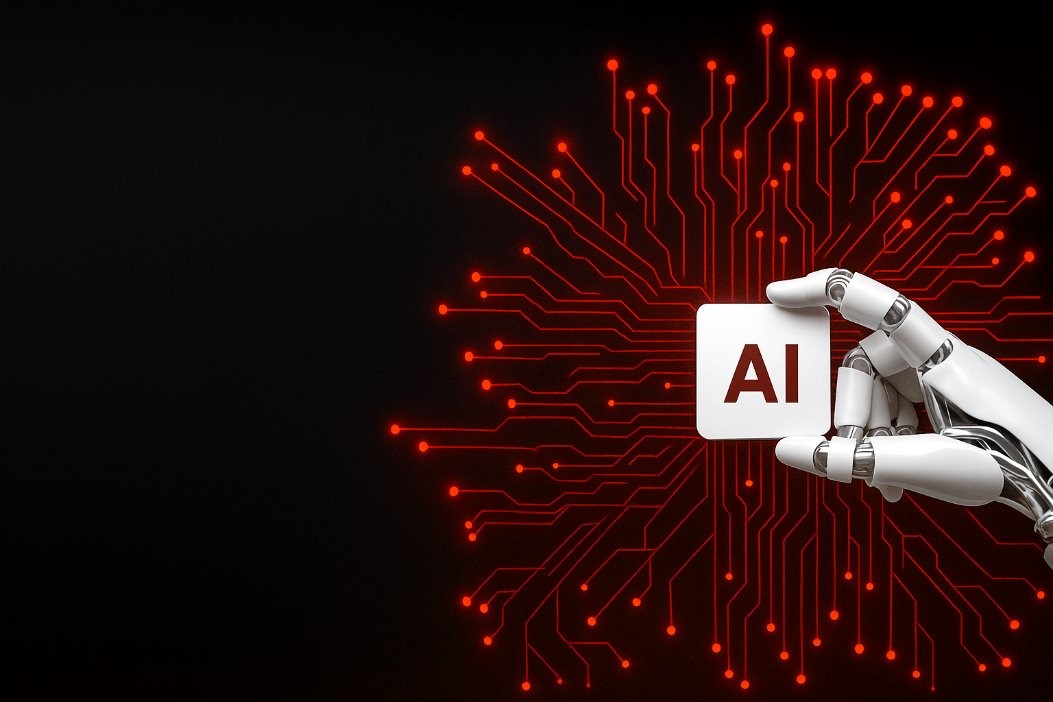Why Crypto Mining Data Centers Matter to Utilities
Crypto mining has become one of the most energy-intensive industries. As blockchain networks like Bitcoin and Ethereum expand, large-scale mining data centers are drawing huge levels of power from utility grids. These facilities, packed with high-performance computing hardware, operate 24/7 to validate transactions and secure networks. This surge in electricity consumption comes with unique challenges and opportunities for utilities worldwide.
From a utility provider’s perspective, crypto mining data centers represent a new revenue stream, as they purchase vast amounts of electricity, often in bulk. At the same time, their high energy demand strains generation capacity, which can impact grid stability and complicate efforts to transition to cleaner energy sources.
Lee Bratcher is the Founder & President of the TX Blockchain Council, an industry association working to ensure Texas is a global leader in Bitcoin, blockchain, and digital assets. Due to this role, Lee interacts frequently with utility providers and advocates politically for the future of energy evolution. He mentions:
“The future of energy isn’t just about transitioning to renewables, it’s about building a smarter, more resilient system that works for everyone.”
Resiliency is the key word, as many utility providers have undergone extensive challenges in recent years due to severe weather events. Thousands of homes have gone without power for long periods due to storms, such as in Houston, Texas last year. At the same time, Texas is the national leader in crypto mining, and a rising energy demand combined with increasingly severe weather threats makes finding a solution an urgent matter.
Generation Demand and Demand Response
Crypto mining is increasing the demand for energy generation and is a key driver for utilities to create a more flexible and responsive power infrastructure. While some argue that crypto mining creates an extreme drain on energy, which can destabilize the grid, others argue that crypto mining operates in a way that stabilizes the grid and acts as a predictable user of excess renewable energy generation.
Some of the key effects include:
- Offsetting Demand Spikes and Grid Strain: Mining operations are often located in rural areas and ramp up based on electricity prices. Crypto miners time their operations for when rate prices plummet, and energy demand is low. In Texas, crypto mining centers are largely based in rural areas and are drawing power mainly from renewable sources like wind and solar.
- Challenges for Demand Response Programs: Utilities rely on demand response (DR) programs to manage peak loads by encouraging consumers to reduce usage during high-demand periods. However, crypto mining facilities often operate very differently from other types of factors that pull energy. Crypto miners rapidly respond to fluctuations in the energy market, while energy production is often more predictable.
Grid Stability and the Role of Nuclear Energy
The rising energy demand from crypto, AI, and industrial data centers is pushing utilities to modernize grids and explore more energy sources. Smart grids, battery storage, alternative energy, and microgrids are helping balance loads. According to the U.S. Energy Information Administration, “Texas led the nation in wind-powered electricity generation, accounting for 28% of all U.S. wind-sourced electricity.” However, renewables may not suffice for high-load industries, making nuclear power an option for consistent, always-on, low-carbon energy. Wind power generation fluctuates greatly, which means Texas experiences very low amounts of power generation at times from renewables alone. Wind power, despite its fluctuations, plays a crucial role in Texas’s energy landscape and how advanced technologies and flexible loads, like crypto mining can help manage these fluctuations.
Nuclear energy, despite being a low-carbon solution, struggles with public perception issues. However, recent discussions among major political parties have highlighted nuclear power as a viable option for consistent, low-carbon energy generation. The advent of fusion technology and advancements in Generation 4 nuclear reactors offer promising improvements in safety, efficiency and environmental impact.
The Future of Nuclear Energy
The intersection of crypto mining, AI, and industrial data centers with utility providers is reshaping how energy is produced, distributed, and consumed. The future will depend on investments in smart grids, energy efficiency programs, and advanced power generation technologies. Companies like Microsoft, Amazon, Google, Oracle and Dominion Energy have already started this advancement. Dominion Energy in Virginia is investing in the first
grid-scale fusion reactor, responding to the growing number of datacenters in the region—home to the internet and intelligence.
Hyperscalers and the AI industry are creating power demand that can’t be met without significant expansion of generation. The importance to consumers, the economy and national security give them the political power and revenue they need to spearhead the resurgence of nuclear power. This, along with the advancements of Gen4 will mean that nuclear energy will become more common and hopefully will rebalance the grid, improving resiliency.
Perficient’s deep energy industry expertise with solutions like smart grid technologies, combined with expansive knowledge about data, AI, and automation, makes us the perfect partner for utility providers looking to achieve resiliency and growth.
Explore our energy and utilities industry expertise.

